Cornelius (Neil) van Nostrand and fellow flying cadets received training during the First World War at the Long Branch Aerodrome in what is now Lakeview, Mississauga
I am pleased to share with you the following message of Nov. 7, 2023 from Andrew van Nostrand:
My grandfather Cornelius (Neil) van Nostrand was a student at the Long Branch Curtiss school in I believe what was the first class in 1915?. I have a picture of the class that I would be happy to share with you with many of the names of the students handwritten on the back of the photo. Neil went on to be a RFC [Royal Flying Corps] Pilot in France eventually being shot down on the opening day of the Battle of the Somme and spending the remainder of the war as a POW.
Click here for Canadian Encyclopedia entry about the Royal Flying Corps >
An excerpt reads:
Initially, flying cadets were recruited, equipped, and housed at Victoria College, University of Toronto. They then moved through a series of training centers, including instruction in armaments and gunnery, which were also originally taught at the university. Later, these moved to Long Branch, along with the broader Cadet Wing. In June 1918, the Armament School moved to Hamilton, where cadets trained for four to five weeks, learning about the Lewis and Vickers machine guns, deflection shooting and bombing. With their theoretical training complete, students then graduated to flying camps — generally at Camp Borden, near Barrie, Ontario.
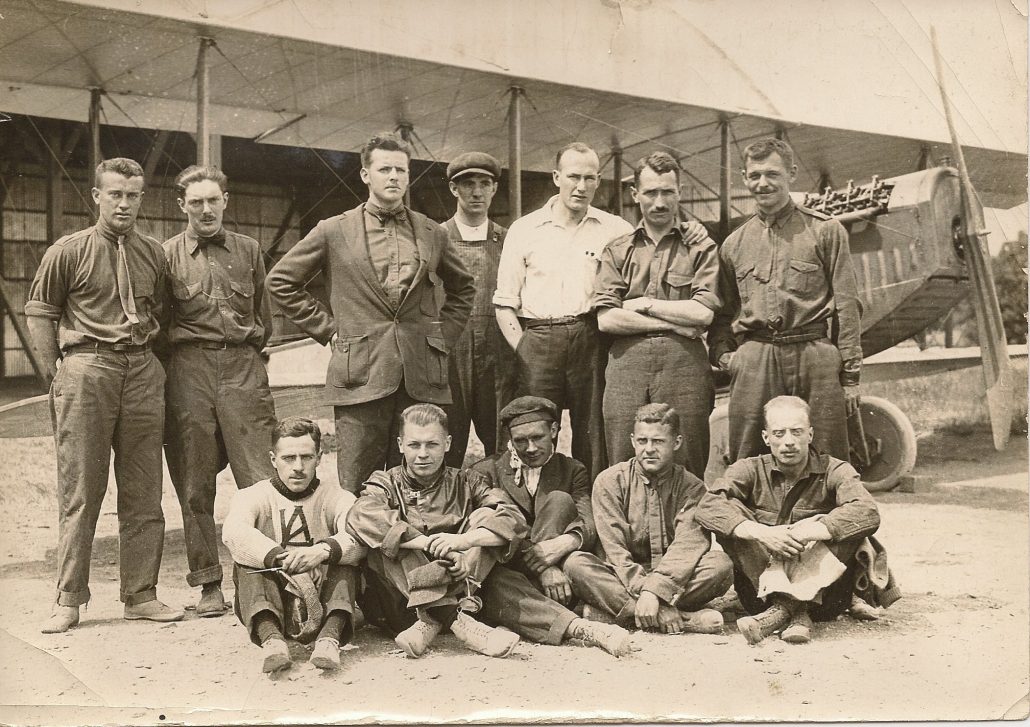
Royal Flying Corps flying cadets during training at Long Branch Aerodrome, ca 1915. Cornelius (Neil) van Nostrand is second from right in back row. Photo source: Andrew van Nostrand
We may note that the training centres were not actually moved to Long Branch; instead they were moved to what is now Lakeview in Mississauga. Later at this post, I will outline how it happened that several facilities – that were actually outside of the Village of Long Branch – came to have names featuring the words “Long Branch.”
Long Branch Aerodrome
But first, I will refer to information from a precious post in which I share the following details about the Royal Flying Corps:
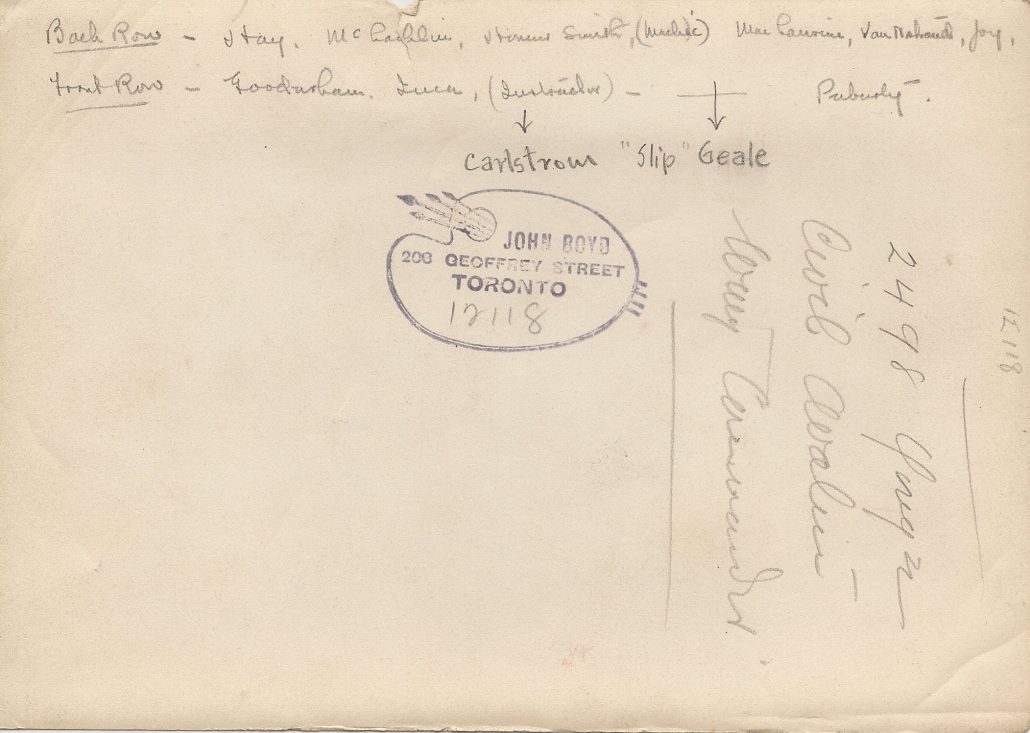
Back of photo – Royal Flying Corps flying cadets during training at Long Branch Aerodrome, ca 1915. Photo source: Andrew van Nostrand
Long Branch Aerodrome
The Long Branch Aerodrome is also located in Mississauga. Again, its only connection to Long Branch is through its name.
An online document, entitled Appendix J – Archaeological Assessments, at the Credit Valley Conservation website, part of the Environmental Assessment that has been prepared, in connection with the Lakeview Waterfront Connection Project, outlines the history connected with the aerodrome and other facilities at the Arsenal Lands west of Long Branch.
The document notes that in 1910, the Minister of Militia and Defense for the Dominion of Canada purchased property for a military training facility.
“By the early 1940s,” the document adds, “a large munitions factory was constructed on the property to support the Second World War and was known as the Small Arms Limited. In addition to the 81,000 square foot factory there existed a water tower, several administration buildings and miscellaneous outbuildings.”
You can find a plaque that describes the aerodrome, if you travel to the west along Lakeshore Road East, past Haig Blvd. and a short ways past the railway tracks. The plaque is located along a Waterfront Trail pathway.
The plaque notes that in May, 1915, Curtiss Aeroplanes and Motors, Ltd. established Canada’s first aerodrome and flying school at the site. John A.D. McCurdy, Canada’s first aviator, the plaque adds, managed the school, and the Curtiss aircraft factory on Strachan Avenue in Toronto. Most of the graduates went to England at their own expense, to join the Royal Flying Corps or the Royal Naval Air Service.
As the plaque notes, when the Royal Flying Corps, Canada, was created in January, 1917, its first flying units were based at Long Branch [that is, at the Long Branch Aerodrome, not in the Village of Long Branch]. Later that year, when Armour Heights and Leaside were prepared for flying, Long Branch became the ground training school for the cadet wing of the Royal Flying Corps.
The plaque adds that J.A.D. McCurdy, who was the first person to fly an airplane in Canada and the British empire, served as manager of the Long Branch Aerodrome in its earliest years.
We can also add that Honorary Colonel Gerald Haddon, who is John A. D. McCurdy’s grandson, has made many presentations in Mississauga and Toronto about his grandfather, J.A.D. McCurdy. McCurdy designed and flew the Silver Dart for the first powered flight – in 1909 – in the British empire.
We learned many things about local history when we lived in Long Branch
I much appreciate the information I have received from Andrew van Nostrand. Such information is of tremendous value. It adds immeasurably to the quality of the website.
A previous post (among others) about the Long Branch Aerodrome is entitled:
Aerodrome plaque in Lakeview and mural at Dixie Road and Lakeshore Road East
In previous posts, I have written about the Long Branch Aerodrome located in what is now Lakeview in Mississauga. I have also focused on features of local history including the Small Arms Inspection Building, the Long Branch Army Camp (which was in Lakeview), and the Pleasant Valley Mobile Home Park.
From 1997 until 2018, I lived with my family in Long Branch, a Toronto neighbourhood just east of Lakeview.
During those years, I got to know this part of the Lake Ontario shoreline (including the lands where the Aerodrome was located) quite well – through constantly walking in the area, organizing Jane’s Walks with my friend Mike James, attending public meetings, and when I was working with others to save a local school in Long Branch.
I have documented my previous connection to Long Branch through my website. I’m not as active at this site as I was previously. My posts are often limited to the sharing of information sent to me by site visitors.
During our years in Long Branch, I developed an interest in the study of local history – by means, for example, of conversations and interviews with residents who had a decades-long knowledge of local events. As a result of what I learned about the archaeological history of the area, I also began to read intensively about military history, Indigenous history, and the history of the British empire.
Such a form of study – which has involved a comparison among points of view related to historiography – has provided me with a perspective, regarding how people go about seeking to make sense of the past, and of the present, that I would otherwise not have had.
I now can look at Long Branch from a distance – literally and figuratively. I have the opportunity to reflect upon what I have learned when I lived there. As I look back, I also keep in touch as best as I can with current local events – for example, through maintaining my associate (non-voting) membership in the Long Branch Neighbourhood Association.
How “Long Branch” came to be included in names of facilities outside of Long Branch, Toronto
A previous post is entitled:
Long Branch Rifle Ranges, Long Branch Aerodrome, Long Branch Racetrack: What do they have in common?
An excerpt reads:
What the rifle ranges, aerodrome – Canada’s first aerodrome; it was located beside the rifle ranges, in Mississauga – and racetrack have in common, for a start, is a name.
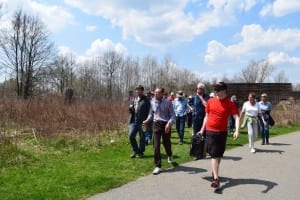
Walking south along Waterfront Trail toward Lake Ontario shoreline, from Small Arms Building, during May 3, 2105 Jane’s Walk led by City of Mississauga Ward 1 Councillor Jim Tovey (second from left, holding coffee mug). Wooden baffles at Long Branch Rifle Ranges are visible in background. Jaan Pill photo
As well, they have in common the fact of life that each of them is long gone.
What they also have in common, aside from the name “Long Branch,” and the fact they are long gone, is that none of them actually had a direct, geographical connection to the historic Village of Long Branch.
The rifle ranges and aerodrome were located in Toronto Township, a community that existed to the west of Long Branch. Toronto Township is now called Mississauga; the rifle ranges and aerodrome were never located inside the boundaries of Long Branch. The racetrack, as well, was actually located north of Long Branch; it too was never located within the borders of the latter community.
Nearby neighbourhoods, we can speculate, appeared to enjoy naming things after Long Branch. Brevity may have been a factor – “Long” and “Branch” is each a single-syllable word. The two words roll off the tongue easily.
The name may also have given rise to visual imagery that appeals to people: One can picture a river; it has two branches; one is the short branch, the other is the long branch, of the river.
As noted below, Long Branch in Toronto may have been named (the evidence is not definitive, on this matter) after Long Branch, a beachside city in New Jersey; the latter Long Branch is named after the “long branch” of an actual river, the Shrewsbury River, a short stream in central New Jersey. A map of the river, on the page you are reading, is from the geographic.org website. Thus it may be that the Long Branch in Toronto may itself also have made a practice of borrowing an evocative, pleasant-sounding name from another location.
If you can share any information, that sheds light on this compelling topic – that is: Why was the name “Long Branch” given to things outside of Long Branch (Toronto)? – please let us know.
[Please note – Feb. 18, 2021: The article you are reading is a draft. What I’ve said above about “Long Branch” being easy to say is just unsubstantiated conjecture on my part. During a Jane’s Walk bike ride a few years after I wrote the draft, I learned from a source that I consider reliable why the name “Long Branch” most likely ended up being attached to locations outside of the boundaries of the Village of Long Branch: There was, the source noted, a “Long Branch” post office in this general area, and for that reason the name was used. I do not have the name of the source at hand as I write this note.]
Adamson Estate
The Long Branch Aerodrome was not far from the Adamson Estate in Lakeview. A previous post which mentions the estate is entitled:
Adrienne Clarkson commemorates contributions of Canadian soldier – Sept. 7, 2014 Globe and Mail
An excerpt focusing on Lieutenant-Colonel Agar Adamson reads:
The colourful former civil servant, who was nearly blind in one eye and enlisted at age 48, was commanding officer of the Princess Patricia’s Canadian Light Infantry for nearly two years, leading the regiment during the battles of Vimy Ridge and Passchendaele.
An article about Agar Adamson in the Dictionary of Canadian Biography notes that he experienced post-traumatic stress disorder as a result of his First World War experiences. An excerpt from the article reads:
In March 1918 Adamson turned over his command to Charles James Townshend Stewart* in order to be with his ailing wife, who had spent the war years in London and behind the lines in Belgium, working with civilian refugees. She recovered quickly but, sadly, Agar, who had been assigned to divisional headquarters, soon became one of war’s casualties. A delayed form of shell-shock, later known as post-traumatic stress syndrome, soured his judgement and his temperament. Soon after the armistice, his marriage disintegrated in all but name. He returned to Canada in March 1919; he spent much of the next decade visiting old friends in Ottawa and gambling in England.
William Faulkner and flight training during the First World War
I am also reminded of a previous post entitled:
An excerpt reads:
On page 207 of Toronto: A Literary Guide, Gatenby notes:
For some time now I have maintained that Faulkner became a fiction writer in Toronto in two senses. The first is in his letters home. He wrote almost daily to close members of his family. Reading the correspondence one becomes aware that shortly after his arrival he described his accomplishments and progress with tiny exaggerations that soon become outright fabrications, then evolved into real whoppers and reached maturity, of sorts, as complete fiction. For example, two days after the Armistice he told his mother that he was just about to get his pilot’s licence – hardly possible given that he would need at least another half-year’s study to procure his wings. To a friend he bragged that he had taken a plane on a solo flight in Toronto and had crashed through the roof of a hangar only to end up hanging in its rafters. When he returned to his family they were stunned to see him walking with a cane and a limp. The injury was due, he told them, to a flying accident during his training – and he faked the limp for years afterward. Silly as these white lies were, they illustrate how Faulkner was learning to re-shape events for dramatic purposes.
The other sense in which he wrote fiction, naturally, was the formal: his very first short story is set in the Leaside aerodrome where he and his fellow students would have been taken on day-trips to study aviation engines. The story is called “Landing in Luck.” And in his two best novels, The Sound and The Fury and Absolom, Absolom!, while the campus and buildings ostensibly belong to Harvard, it is much more likely that he modelled them on the U of T campus with which he was far more familiar.

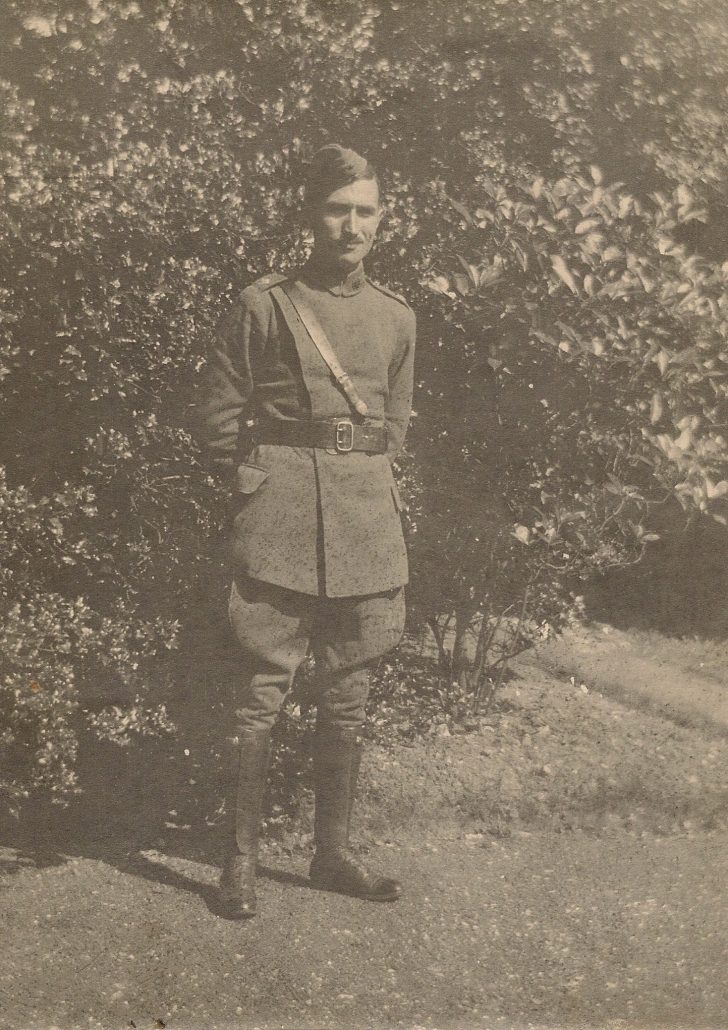
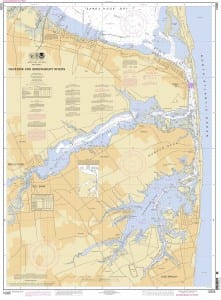
Accuracy in reporting
I am keen to ensure accuracy in my reporting. I am also keen to learn from what other people have learned in the course of their lives.
The current post reflects the input of many people. In writing the post, I have served as a coordinator – in a sense a curator – of information from many sources.
As a reporter, I seek to attain as much accuracy as I am able to achieve. In the post about the history of Long Branch, for example, I present evidence that the Colonel Samuel Smith cabin was torn down in 1955 not 1952. It has been erroneously claimed – due to a not uncommon lack of attention to verification of information – that the cabin was demolished in 1952.
Whether it appears in print or online or is communicated by any other means, any statement that purports to be factual requires verification and collaboration. Without such verification, we have lost our way.
Additional resource of interest:
“from Curtiss Aviation School on November 8, 1916 to serve the R.F.C. (Ellis, 1954). Squadrons X and Y at Long Branch became the home of the Cadet Wing …”
Aviation in Canada 1917-1918